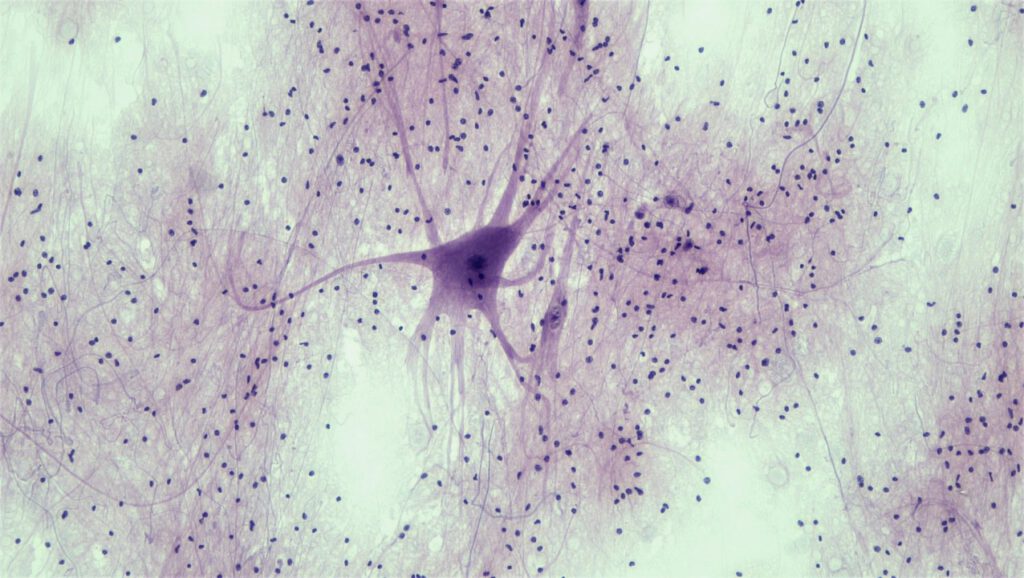
Advancing your therapeutic program
With as much experience in Parkinson’s disease as anyone else in our space, an unsurpassed range of preclinical models, and expertise in gene therapy, Atuka is at the forefront of research that is helping to make new, life-changing therapeutics a reality.

We provide the best-tailored preclinical program to evaluate any potential therapeutic, whether for Parkinson’s, or the numerous other indications in which we have expertise, including cognitive disorders, ALS, and other movement disorders such as dystonia and dyskinesia—across multiple modalities, such as biologics (including gene therapy) and small molecules.
Unlike other organizations that offer standardized approaches, each preclinical study is designed according to the unique mode of action and potential indication of a partner’s therapeutic to ensure the highest degree of translatability to Phase II clinical proof-of-concept—whether for overall efficacy or target engagement.
SERVICES & CAPABILITIES
In addition to our industry-leading suite of rodent and non-human primate (NHP) models, our extensive preclinical expertise in Parkinson’s and other disorders includes everything needed to keep your project under one roof—ensuring your therapeutic program gets the most out of its engagement with our highly respected team of neuroscientists.
Atuka is also a world expert in NHP research and has the capacity to conduct both small and large studies that use up to 150 macaques at our newly renovated, AAALAC-accredited facility in Suzhou, China. As a result we are able to perform studies no other CRO can, while adhering to the highest standards of animal welfare.
- More about our services
- Specialists in rodent and NHP preclinical efficacy and translational pharmacology studies
- Pharmacokinetic and biodistribution studies for small molecules and biologics, including gene therapies
- Support services, such as imaging, bioanalysis, etc
- Surgical excellence supporting model development, gene therapy/biologic evaluation, targeting of brain structures, PM tissue collection
- Bespoke endpoint assay development in addition to endpoints commonly employed in our models
“Atuka is a preclinical CRO that really stands out, having supported us on multiple preclinical studies. Their expertise in Parkinson’s disease and deep knowledge of the field, insight and feedback on the design of a study, as well as their reliable execution and attention to detail have been critical in supporting our drug discovery and development activities.”
– Iman Famili, CEO & President
Sinopia Biosciences
OUR PROMISE
We support our partners in making informed, critical decisions at the interface between the preclinical and clinical—backed by our commitment to provide:
Close collaboration with our partners’ scientists, putting Atuka’s unsurpassed expertise and knowledge at the service of their therapeutic development program.
The widest range of industry-leading preclinical rodent and non-human primate models, enabling us to deliver the best-tailored approach for any therapeutic program.
The highest-quality studies and data, as designed and interpreted by world-leading neuroscientists, to ensure results that are consistently predictive and translatable.
ADDITIONAL INFORMATION ABOUT OUR SERVICES
Our sites and facilities
World class facilities, global connections
Our partners benefit from globally-recognized scientists using advanced technologies at leading-edge research and lab facilities in Canada and China.
Atuka is a world expert in NHP research and has the capacity to conduct both small and large studies that use up to 150 macaques at our newly renovated, AAALAC-accredited facility in Suzhou, China. We are able to perform studies no other CRO can, while adhering to the highest standards of animal welfare.
Suzhou, China
- Macaque in vivo facility
- In vivo imaging
- Surgical studies
- Bioanalytical services
- Behavioural studies
Toronto, Canada
- Rodent in vivo laboratory
- In vitro laboratory
- Administrative office

TALK TO OUR EXPERTS
Advance your therapeutic program
Get the latest science from Atuka
Sign up to receive our quarterly newsletter featuring the latest developments in Parkinson’s disease research.